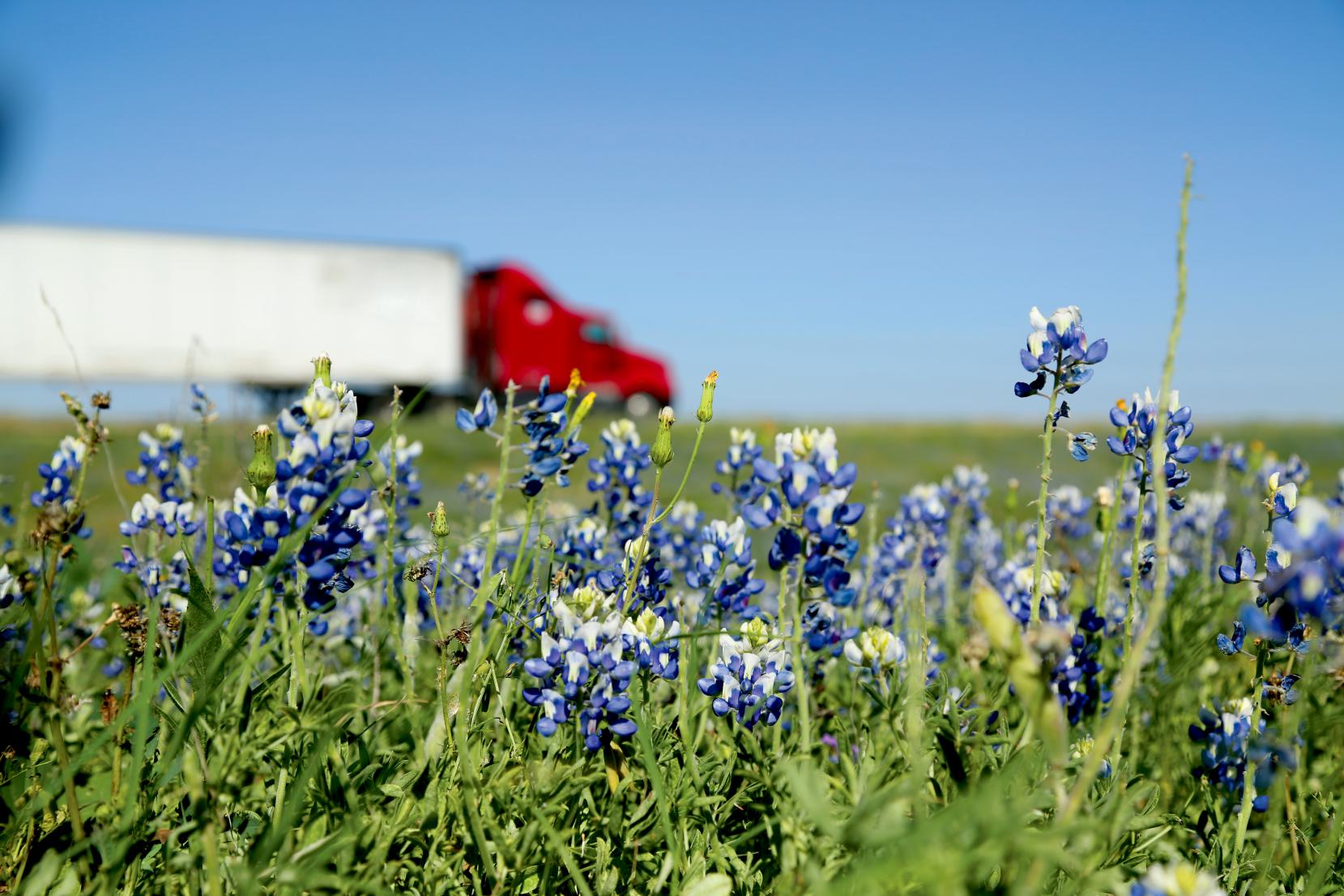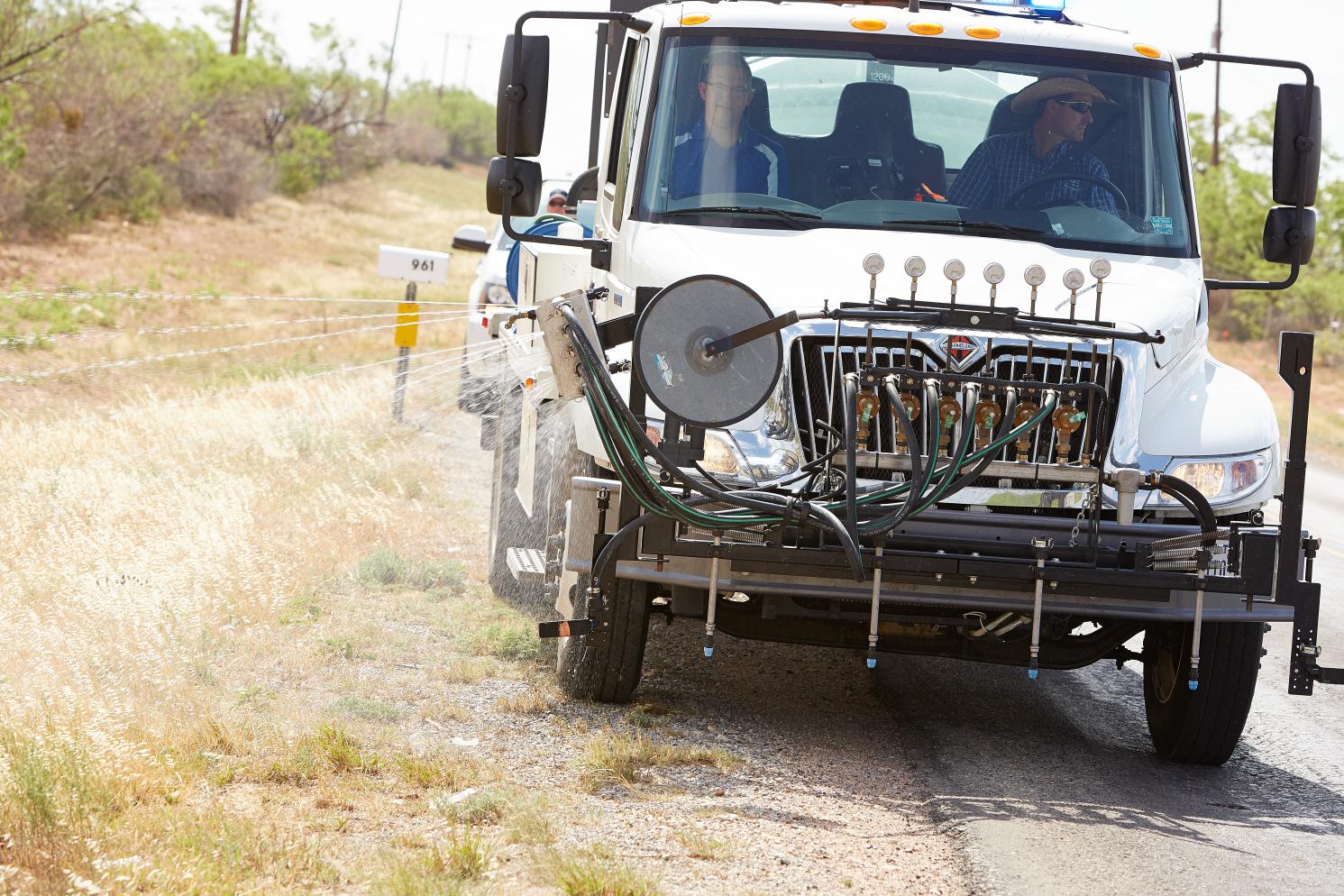Carbon Emissions and the Case for Herbicides

Investing in the targeted application of selective herbicides can help roadside vegetation managers reduce their carbon footprint, improve cost efficiency and enhance biodiversity.
Investing in the targeted application of selective herbicides can help roadside vegetation managers reduce their carbon footprint, improve cost efficiency and enhance biodiversity.
Roadside vegetation managers can use a variety of vegetation control strategies to keep roadways, gravel shoulders and adjacent land clear of undesirable plant species that compromise safety for motorists as well as the integrity of transportation infrastructure. However, few strategies are as scrutinized as chemical control methods. While some landowners and public entities believe that herbicide applications are bad for the environment, many departments of transportation and county weed directors actively use targeted applications of selective herbicide tank mixes to selectively control undesirable plant species.
Unlike mechanical mowing practices and other nonselective strategies, selective herbicide applications can mitigate the risk of off-target control issues. As a result, targeted applications of selective chemistries often enhance the development of beneficial grasses and forbs that not only enhance sight distance on the roads but also biodiverse habitat development for pollinators and other native wildlife species.
Research comparing the amount of greenhouse gas emissions generated by mechanical and chemical control strategies has only strengthened the case for vegetation managers to embrace selective herbicide applications as best management practices throughout the roadside rights-of-way they manage.
The excessive release of GHG can cause a variety of issues for roadside vegetation managers and the environment, including:
According to the Environmental Protection Agency, burning a single gallon of gas produces 19.6 pounds of carbon dioxide (CO2), and burning a gallon of diesel fuel produces 22.38 pounds of CO2. This should concern all transportation entities that currently use mechanical mowing equipment to control incompatible vegetation throughout their ROW corridors. Carbon footprint studies recently conducted by Asplundh Tree Expert noted that 24 gallons of fuel were required to mow just 3.04 acres of land, which equates to more than 175 pounds of carbon emissions per acre.
In other words, vegetation managers can expect to release nearly 9 tons of carbon emissions for every 100 acres they manage with mechanical mowing equipment. Countless practitioners have started using selective herbicide applications as part of their roadside vegetation management programs to avoid these negative results, reduce their carbon footprint and enhance their public image.

Selective herbicide applications allow applicators to control incompatible plant species and minimize damage to desirable plants otherwise impacted by nonselective control methods. While Asplundh research indicated that mechanical mowing requires eight times more fuel than high-volume foliar applications, low-volume foliar and basal applications require no fuel whatsoever. Cumulatively, these results yield multiple benefits for roadside vegetation management programs, including:
Selectively controlling only incompatible vegetation supports the development of native plant communities composed of beneficial grasses and forbs, which are compatible with transportation infrastructure as well as native wildlife. While native plant communities alone present a biological barrier against the reestablishment of incompatible plant species, they also welcome small mammals that add another layer of biological control by consuming woody brush seeds. This biological control lowers incompatible stem densities over time, which gradually reduces the need for fuel-guzzling mowing equipment.

In addition to improving the development of beneficial low-growing plant communities, the targeted application of selective tank mixes also helps vegetation managers improve annual resource management and landowner relations.
For instance, TerraVue® herbicide from Corteva Agriscience offers the industry’s most favorable environmental profile. The product’s chemistry is powered by Rinskor® active, a reduced-risk herbicide that won the American Chemical Society’s Green Chemistry Challenge Award. In addition to controlling more than 140 broadleaf weeds and brush species, TerraVue herbicide can help vegetation managers minimize off-target control issues that otherwise decimate native plant communities. Describing these types of benefits to concerned landowners can make a world of difference for departments of transportation, county weed directors and their vegetation management counterparts.
To learn more about products, solutions and strategies that can enhance roadway safety, environmental sustainability and public perception for your roadside vegetation management program, visit Roadside.VegetationMgmt.com.
Under normal field conditions, TerraVue® is nonvolatile. TerraVue has no grazing or haying restrictions for any class of livestock, including lactating dairy cows, horses (including lactating mares) and meat animals prior to slaughter. Label precautions apply to forage treated with TerraVue and to manure and urine from animals that have consumed treated forage. TerraVue is not registered for sale or use in all states. Contact your state pesticide regulatory agency to determine if a product is registered for sale or use in your state. Consult the label for full details. Rinskor® is a registered active ingredient. Always read and follow label directions.
For over 30 years, Vistas® has covered strategies, trends and stories from across the Vegetation Management industry.